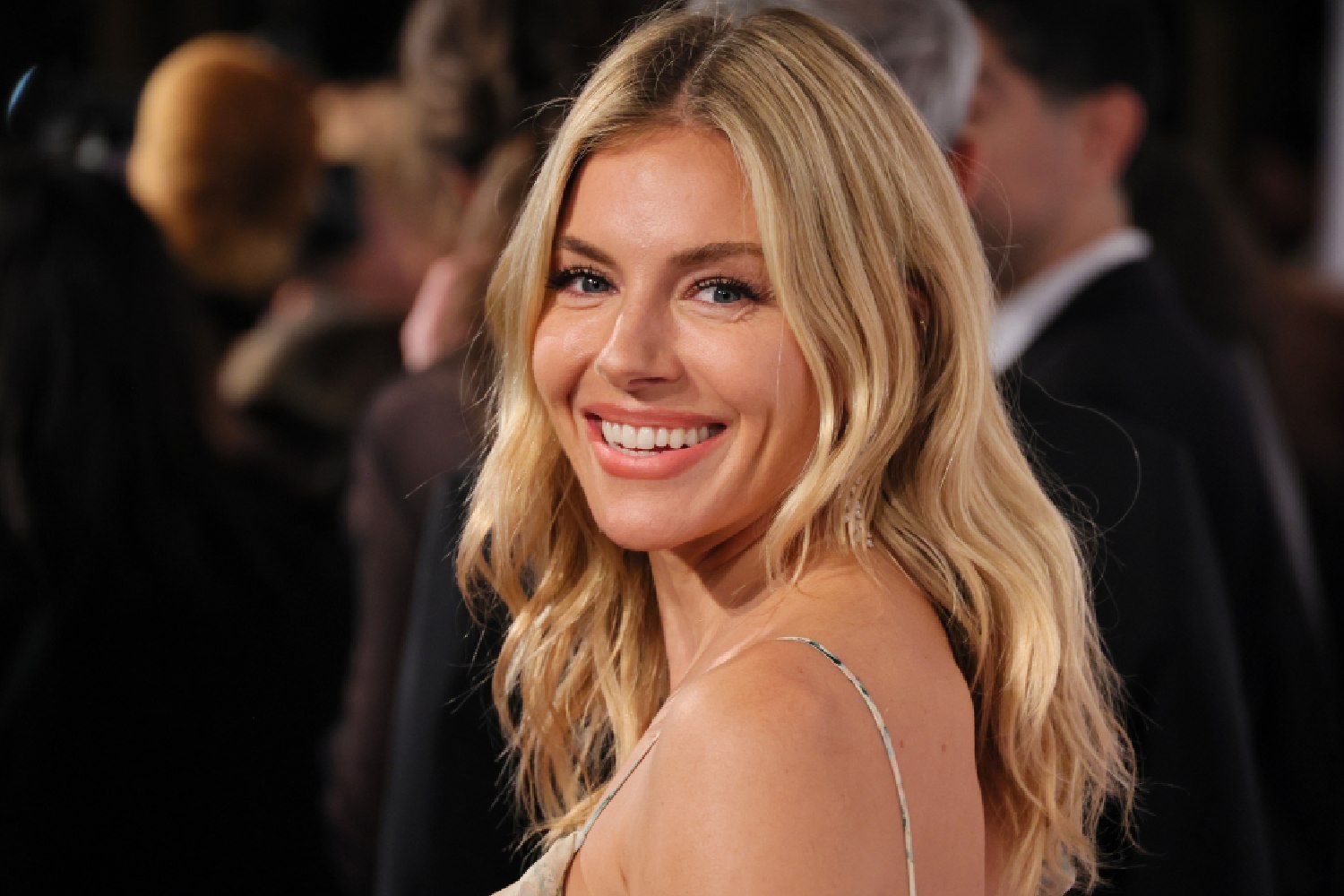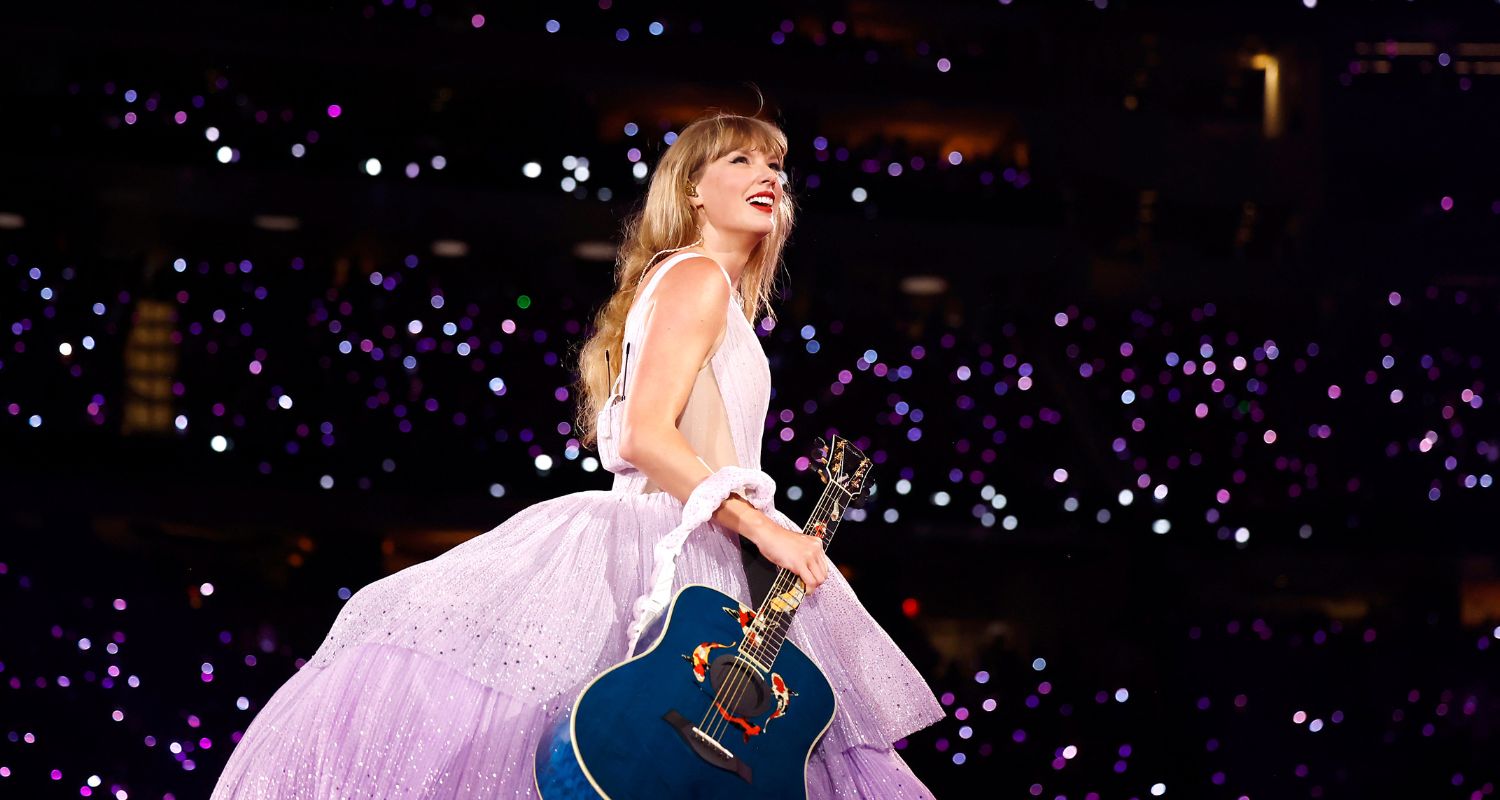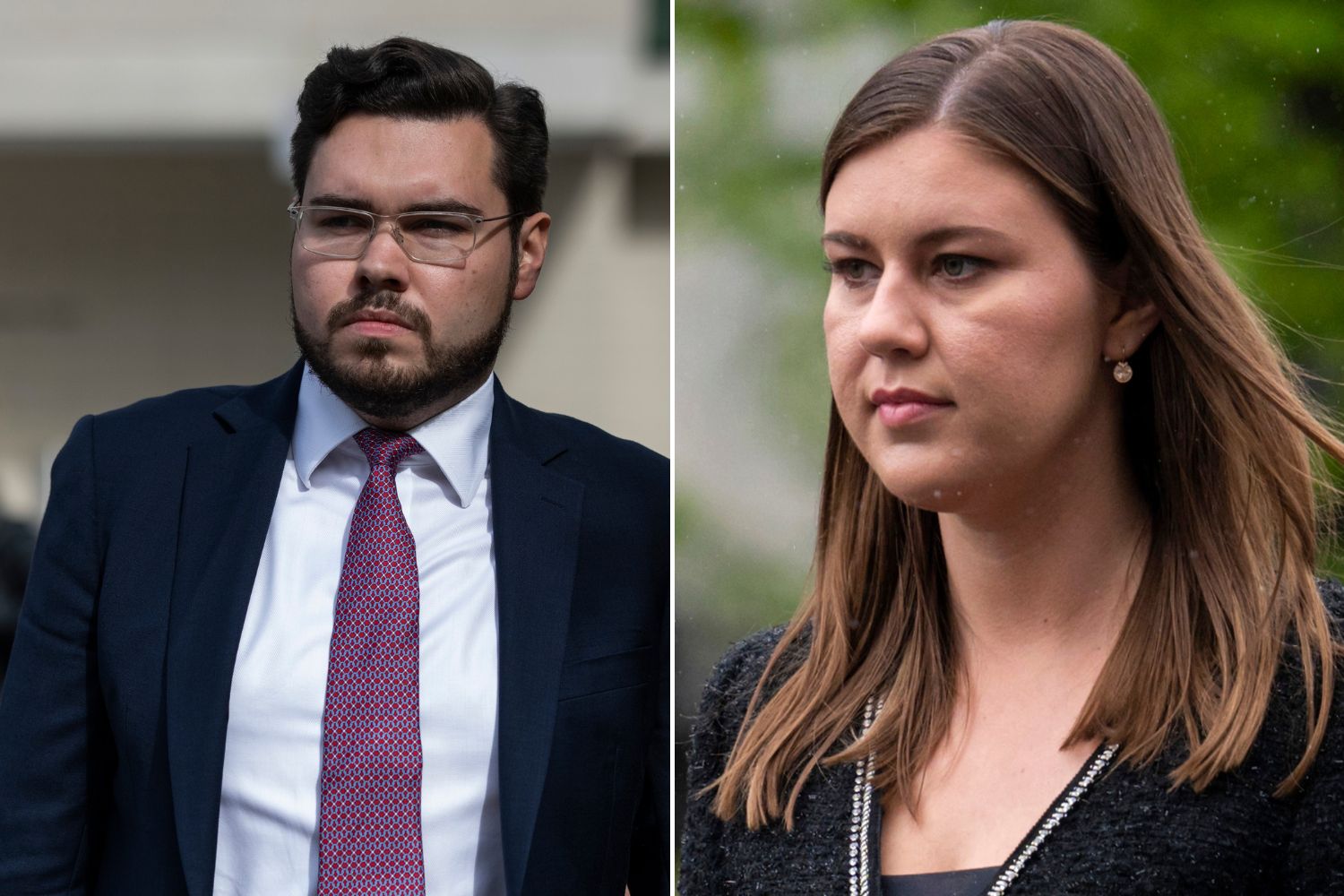A sea of red rose petals; a lovelorn farmer staring pensively over the land; a make-up-smudged bachelorette weeping in the back of a limousine.
Turn on the TV during prime time, and you’re likely to see at least one of the above. In fact, these days our screens are swarming with more sparkling rings and suitors than ever before – and they’re fast closing in on the saucepans and screwdrivers.
Television programming has always been a cyclical beast: one minute we’re crazy for croquembouche-filled cooking comps, the next we’re going gaga over home renovation challenges. And right now – with shows like The Bachelor, Married At First Sight and The Farmer Wants A Wife dominating the TV guide – it seems we’re all in love with love.
Of course, dating shows have been around for a while. The original reality-romance show – Perfect Match – launched back in 1984. For those too young to remember, It was a bit like The Voice for singletons, only with poodle perms and cringey double entendres; contestants were hidden behind a screen and quizzed by their prospective date.
It was a hit in its day, but its popularity was nothing compared to today’s reality shows – the most successful of which is undoubtedly The Bachelor/Bachelorette. The US series has notched up 31 seasons, 800+ contestants, 23 on-screen engagements, a couple of televised wedding spectaculars and up to 10 million viewers per episode. And that’s not counting the 22 international offshoots.
In Australia, it’s been a smash hit. Nearly 2 million people tuned into the season final last year, and when bachelor Blake Garvey pulled the old switcheroo on Sam Frost just weeks after his proposal in 2014, it became the scandal that stopped the nation.
Which probably helps explain why other networks have quickly followed suit with their own dating shows.
Last year, Married At First Sight – a “social experiment” which threw eight terrified individuals into blind, arranged marriages (ok, they weren’t legally binding) – served as coffee-break fodder in offices across the country, and chalked up 1 million viewers every episode.
A refreshed The Farmer Wants A Wife recently returned after a three-year hiatus, and we’ve seen the launch of First Dates, The Seven Year Switch, Dating Naked … Next, look out for the provocatively titled Kiss Bang Love, which will see participants, um, kiss their way to love. Apparently it’s backed by science.

So why are we so fascinated by dating shows?
Voyeurism for a start. These shows have more drama than Shakespeare – slightly unhinged, love-hungry women; slightly unhinged, love-hungry men; cocktail-fuelled feuds; raunchy moments; distraught break-ups.
But social researcher Dr Rebecca Huntley believes it goes further than that; she thinks that dating shows have become more popular since the rise of dating apps like Tinder.
“Once upon a time, if you used a dating service, you were considered a bit of a loser. Now they’re mainstream and have lost that stigma,” she says. “As such, I think we’re interested in seeing what happens when two people are forced into intimacy really quickly.”
From the comfort of our couch, we can relate to the men and women – hopeful, assertive, nervous, desperate – on these shows, observing their behaviours and values, and subconsciously assessing our own.
Furthermore, she says, in today’s social media-obsessed world, dating has become a spectator sport. We broadcast our hook-ups, break-ups and make-ups online for all to see. So it seems only natural to watch another couple’s relationship play out on the box.
In our social media-obsessed world, dating has become a spectator sport
Besides technology, there are social influences too, says Huntley. “Women today have grown up with enormous pressure [via the media] to get married and have children by a certain age – or they might not be able to conceive,” she explains. “There’s this anxiety around relationships and fertility – even in young girls – and I think these shows tap into that.”
Veteran host of The Bachelor US Chris Harrison has a more romantic view, claiming the genre has captivated viewers because “love is the universal currency”.
If truth be told, once the cameras switch off and the seaplanes and super yachts disappear, the success rate of these reality TV relationships isn’t great (just six out of 31 US The Bachelor/Bachelorette couples are still together today; the Australian alumni fare much better with three out of four, though it’s still early days). But that’s not the point. Because while the roses may wither and the relationships may crumble, we’ve already eagerly tuned in to a brand new season.
 Facebook
Facebook









